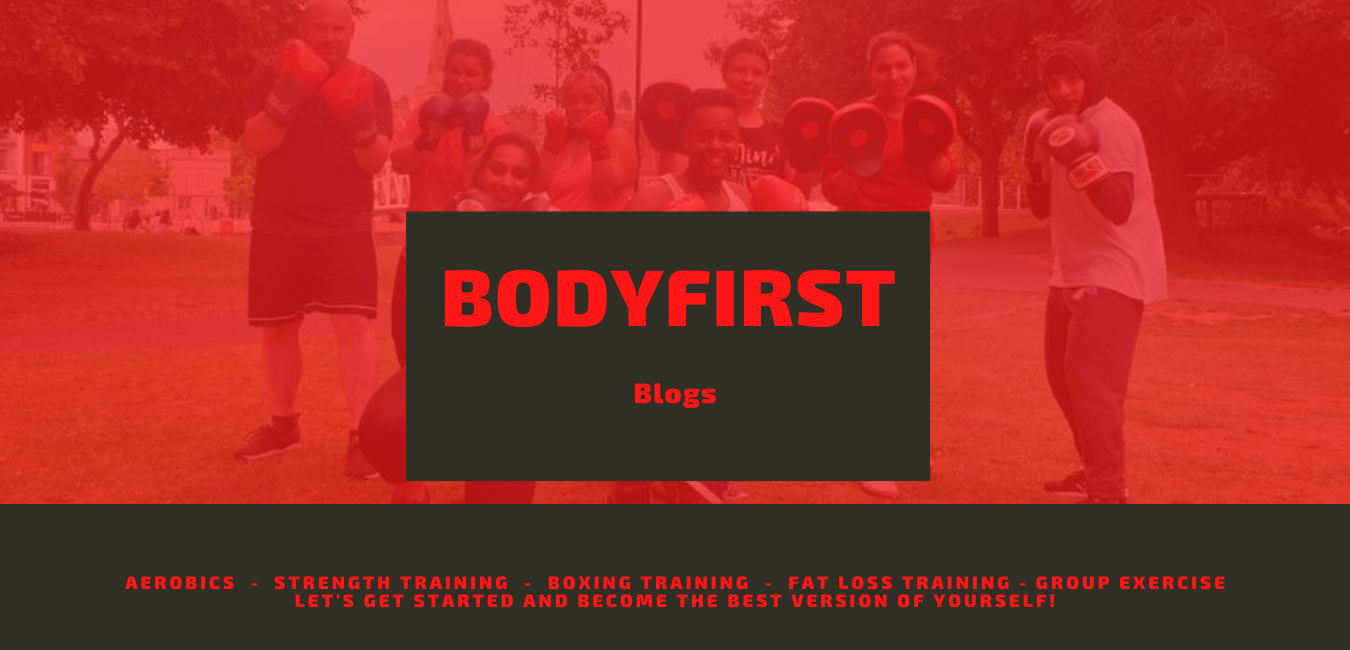|
In the first part of the muscle-building series, you learned that the way you set up the variables in a workout, will practically change the end result.
For instance, training closer to maximum intensity will primarily result in improvements in maximum strength. On the other hand, workouts that are moderately high in intensity will increase bulk muscle growth along with strength endurance. In this article, we are going to have a look at how the body provides energy for activity of different parameters. Without further ado, let’s get to it! ATP - The Body’s Main Energy Source Adenosine triphosphate (ATP) is the purest source of biological energy for all living beings. ATP is technically used in every bodily process in most living beings, as this is a pure source of energy that can be used right away. During intense activity like weight training, however, the ATP stores get depleted fairly quickly, due to the demanding nature of the intense activity. Once depleted, the body needs to regenerate ATP, in order to continue the muscular activity. To do so, the body utilizes 3 main energy systems:
Now let’s have a look at each of those! The ATP-Creatine system This first energy system is the most powerful, but least sustainable energy system that the body uses. As mentioned, during intense activity, ATP gets depleted in about 5-6 seconds of work. Upon use, ATP gets broken down into ADP (adenosine diphosphate). To recover ATP, the body uses its stores of creatine, joining a phosphate molecule from it with ADP and thus regenerating ATP for another 10 seconds of activity. That is to say, creatine is not just a supplement - It is the body’s natural, secondary energy reserve! Think of the ATP-Creatine system as something utilized during a 60-100 meter sprint. The Anaerobic Glycogen system Once you are past the 15-second mark of your exercise, intensity naturally drops due to the low amounts of ATP & creatine. The body then needs to again, regenerate ATP to ensure energy for sustained muscular activity. To do so, the body starts tapping into its muscle glycogen. Muscle glycogen is basically the stored form of blood sugar, which is derived from the consumption of carbohydrates. Through a process called “Anaerobic glycolysis”, the body restores ATP for another 90 seconds, without the need to use oxygen (this is what anaerobic means). Think of the Anaerobic glycogen system as something utilized during a 200-400 meter sprint. The Aerobic System Now, the more you continue your activity after the 2-minute mark, the more intensity naturally drops and the more oxygen starts helping you to regenerate energy. The aerobic system uses muscle and liver glycogen, as well as fatty acids, to release energy and regenerate ATP, at the presence of oxygen. This energy system is used to sustain low-intensity, prolonged activities. As such, the aerobic energy system can be used for hours on end, unlike the first two (i.e you can run at a low pace for hours on end, but you can only sprint 200-400 meters at a time). Think of the aerobic energy system as something utilized during a 5000-meter cross run. Why This Is Important… If you are trying to build muscle, you MUST know the best fuel you can provide your body with… And now, before we even got through the basic physiology of muscle building, there are two things you can take and use for your nutrition and supplementation:
Ultimately, we can say that the ratios of the parameters in a workout, will determine which energy systems & active components get triggered and thus, determine the end result. Those active components we refer to are namely your muscle fibers. In the next article of this series, we will give you more insight into the types of muscle fibers, which your body activates, depending on how the training parameters are set. See you there! . Comments are closed.
|
AuthorI have been weight training, running and cycling for 38 years and I have gained a vast amount of experience in fitness both as a Soldier in The British Army and in the past 22 years having been involved in the fitness industry. Archives
February 2023
Categories |

 RSS Feed
RSS Feed